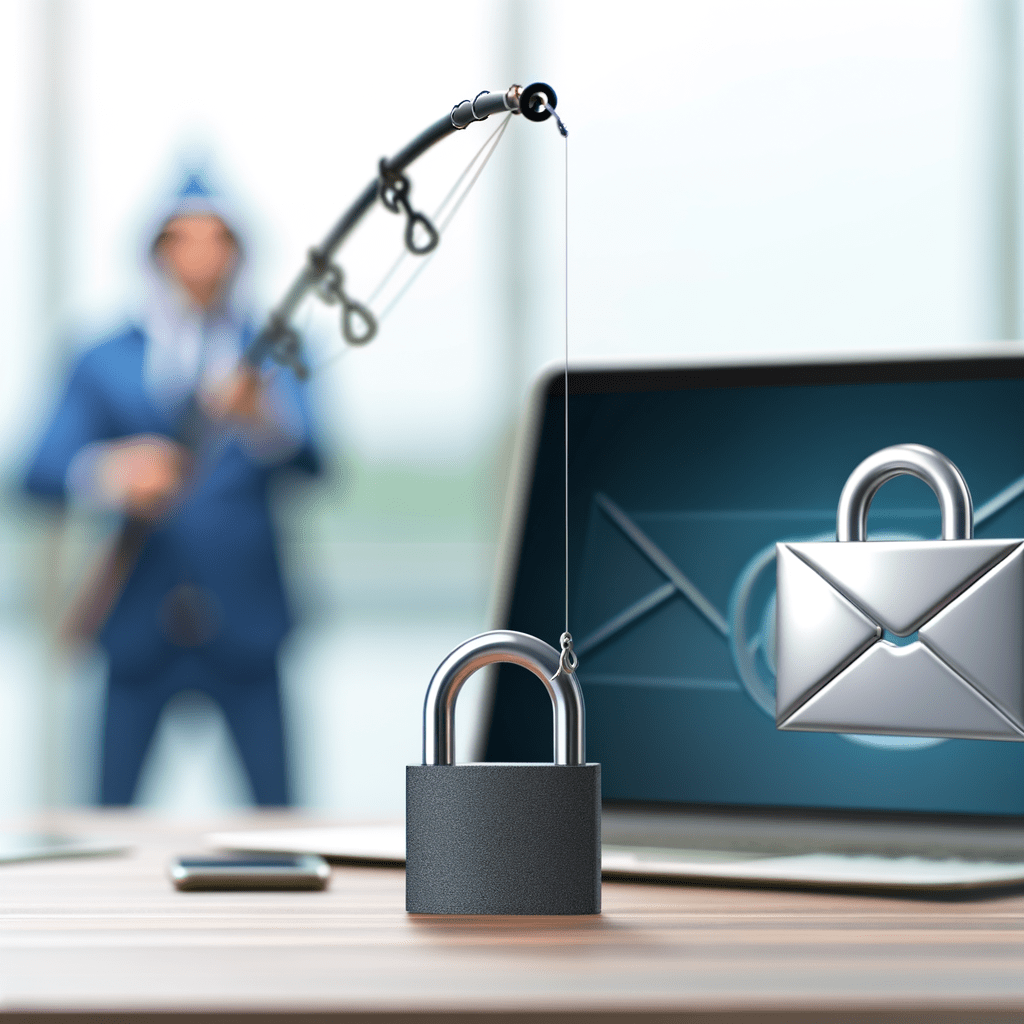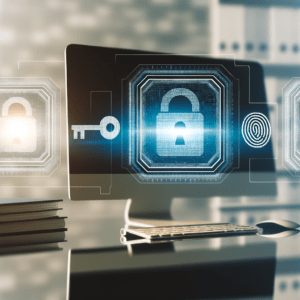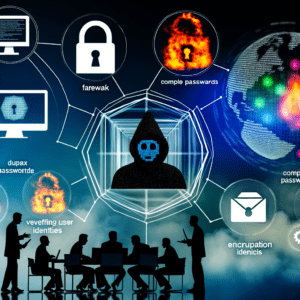Introduction: Protecting your business from phishing attacks is essential in today’s digital age as phishing scams grow increasingly sophisticated. This article delves into effective strategies to safeguard your business and prevent phishing attacks from causing financial and data loss. By understanding the nature of such threats, businesses can better prepare and implement robust security measures.
Understanding Phishing Attacks
Phishing attacks are deceptive attempts by cybercriminals to acquire sensitive information such as usernames, passwords, and credit card details by masquerading as trustworthy entities. These attacks often occur through emails, social media, or fraudulent websites. To protect your business, it is crucial to comprehend their mechanisms and identify phishing signs.
Firstly, educate your employees on spotting phishing emails. Phishing emails often contain poor grammar, urgent language, and suspicious links. Regular training sessions can help employees recognize these signs. Additionally, implementing advanced email filtering systems can automatically detect and quarantine potential phishing emails, reducing the risk of human error.
Secondly, establish a protocol for verifying sensitive requests. Encourage employees to verify unusual requests for personal or financial information through a second communication channel. For instance, a phone call to the requesting party can confirm the legitimacy of the request. This precautionary step can greatly minimize the threat of phishing attacks.
Implementing Technical Defenses
Employing robust technical defenses is another fundamental step in protecting your business from phishing attacks. Start by deploying up-to-date anti-phishing software that provides real-time protection against malicious URLs and downloads. Such software can block phishing attempts and alert users to potential dangers.
Utilize strong authentication measures like multi-factor authentication (MFA). MFA adds an additional layer of security, requiring users to provide more than one form of verification to access company systems. This significantly reduces the risk of unauthorized access in case login credentials are compromised through phishing attacks.
Moreover, regularly update all software and systems within your business infrastructure. Updates often contain security patches that fix vulnerabilities exploited by cybercriminals in phishing attacks. An automated update policy can ensure that all systems are consistently protected against the latest threats.
Conclusion: In conclusion, protecting your business from phishing attacks requires a blend of employee education and technical defenses. By understanding phishing techniques and fostering a security-aware culture, businesses can minimize risk. Implementing robust email filters, strong authentication methods, and regular system updates fortify defenses. As cyber threats continually evolve, staying vigilant and proactive is vital for safeguarding your business assets.




